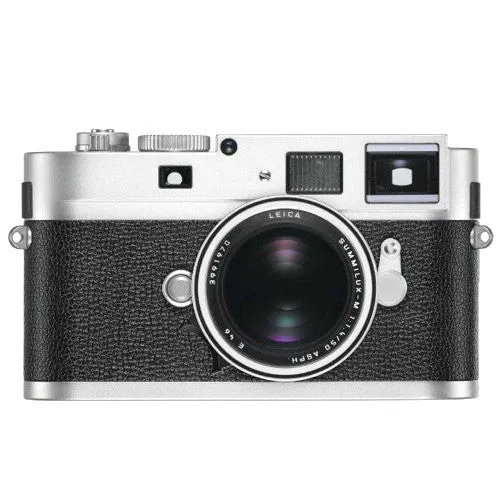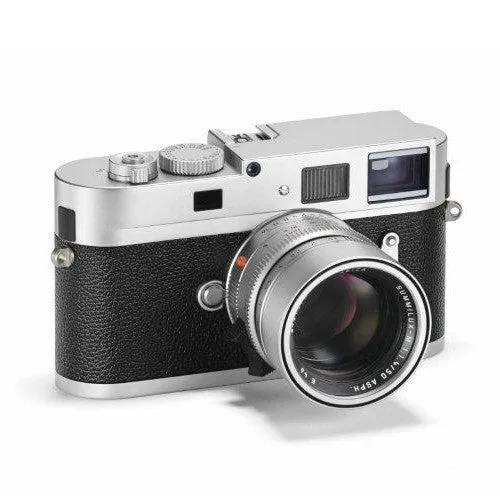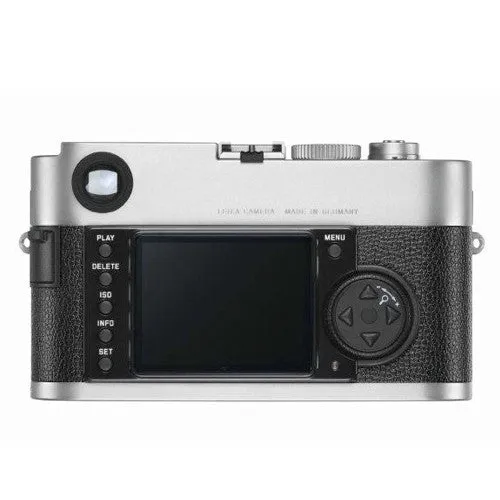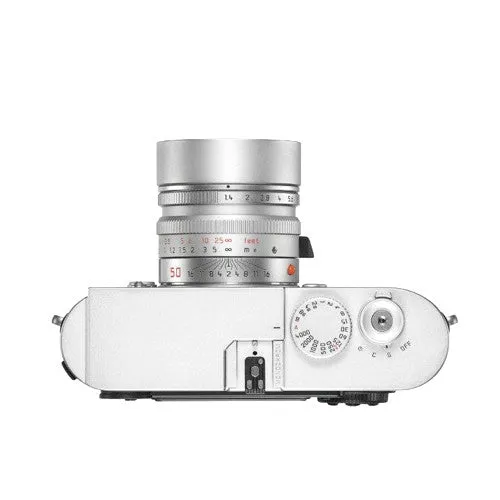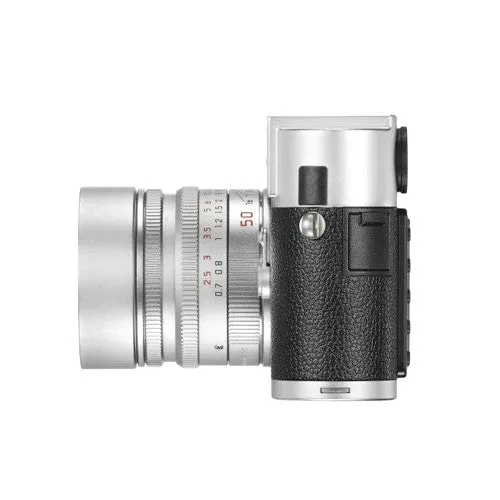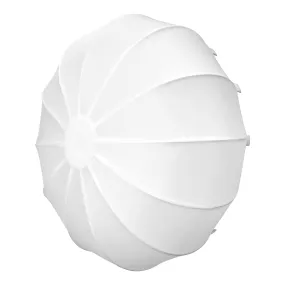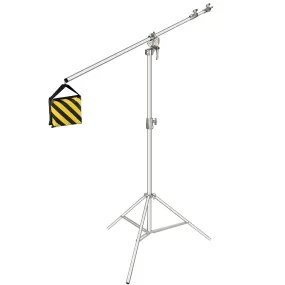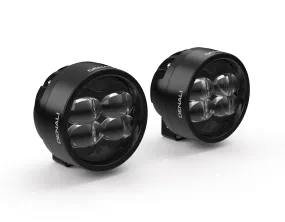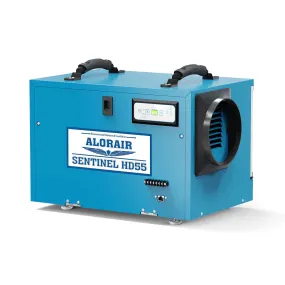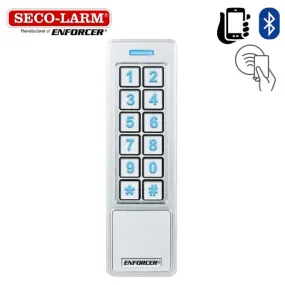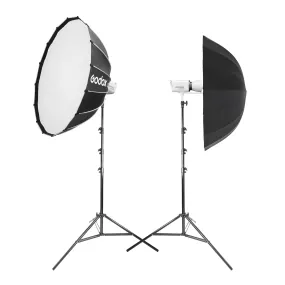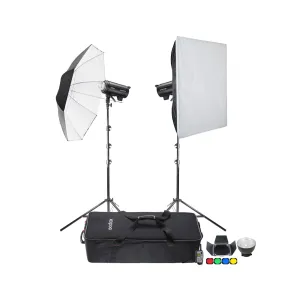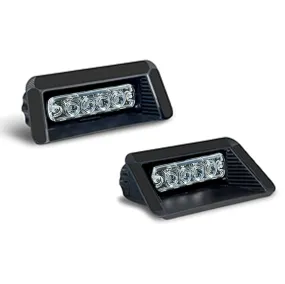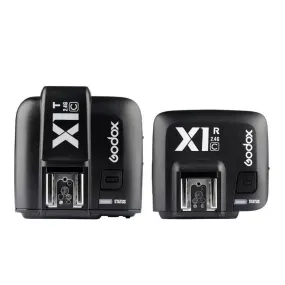-
Leica Camera expands the Leica M Monochrom range with the introduction of the silver chrome finish option. The Leica M Monochrom, silver chrome finish will be available in limited quantities from the end of this month (May 2014) The new camera maintains the same minimalist design of the black version.
Countless iconic black-and-white photographs have been shot with the legendary cameras of the Leica M-System.
So it was time for a camera to continue this tradition and finally make it possible to deliver authentic monochrome photography in digital form: the Leica M Monochrom. It is the first full-frame, 35 mm format digital camera to be designed exclusively and without any compromises for black-and-white photography. It delivers ‘true' black-and-white images in unrivaled sharpness and dynamic range. This makes the M Monochrom the perfect camera for anyone with a passion for black-and-white photography.
-
- Newly developed monochrome CCD sensor with a native resolution of 18 million pixels
- 100% sharper imaging thanks to direct processing of raw data with no interpolation
- Extremely low, fine-grain image noise up to ISO 10,000
- Raw data histogram and parameter clipping warning
- Various tones programmable
- Top cover and bottom plate in black chrome finish
- New leatherette body covering
- All-cowhide carrying strap
- Nik Collection software suite supplied in addition to Adobe Photoshop Lightroom
-
Camera type: Compact digital rangefinder system camera with black-and-white sensor Lens mount: Leica M bayonet with additional sensor for 6-bit coding. Lens system: Leica M lenses from 16 to 135 mm. Image sensor: Active area approx. 23.9 x 35.8 mm, 5212 x 3468 pixels (18 megapixels). Infrared filter for non-visible spectrum over 700nm, no low-pass filter Resolutions: Adjustable, DNG™: 5212 x 3468 (18 megapixels), JPEG: 5216 x 3472 (18 megapixels), 3840 x 2592 (10 megapixels), 2592 x 1728 (4.5 megapixels), 1728 x 1152 (2 megapixels), 1280 x 864 (1 megapixel). Data formats: DNG™ (raw data), uncompressed, JPEG with quality-oriented compression File sizes: DNG™: 18 MB (compressed), 36 MB (uncompressed), JPEG: approx. 2–10 MB. Color spaces: sRGB preset Storage media: SD cards up to 2 GB, SDHC cards up to 32 GB. Menu languages: German, English, French, Spanish, Italian, Japanese, Traditional Chinese, Simplified Chinese, Russian. Exposure metering: Through the Lens (TTL) metering, center-weighted with variable aperture. Center-weighted TTL metering for flash exposure with system-conformant SCA-3000/2 standard flash units. Metering range: With aperture 1.0 / ISO 320/26°: EV 1 to 21 Flashing of the left-hand triangular LED in the viewfinder indicates that the brightness reflected is below the metering range. Sensitivity range: ISO 320/26° to ISO 10000/41°, adjustable in 1/3-ISO stages, with automatic timer (A) and manual exposure setting, optionally automatic control or manual adjustment. ISO 160 additionally available as pull function. Exposure modes: Automatic timer (A) / Manual (M) Flash unit attachment: Via accessory shoe with center and control contacts. Synchronisation: Optionally triggered at the first or second shutter curtain. Flash sync time: = 1/180 s; slower shutter speeds usable. Flash exposure metering:
Control with center-weighted TTL pre-flash metering (with SCA- 3501/3502 adapter, or SCA-3000 standard flash unit such as Leica SF 24D/Leica SF 58).
Flash measurement cell: Two silicon photo diodes with collection lens on the camera bottom. Flash exposure Compensation: ±3 1/3-EV in 1/3-EV stages adjustable at SCA-3501/3502 adapter. On the Leica SF 24D with computer control it is possible to program ±3 EV in 1/3-EV stages, or from 0 to -3 EV in 1-EV stages; on the Leica SF 58 ±3 EV can be programmed in 1/3-EV stages in all modes. Displays in flash mode: Ready: By the flash symbol LED in the viewfinder being constantly lit; confirmation of success: By the LED remaining lit or flashing rapidly for a while after taking the picture; underexposure display by the LED going out for a while. Viewfinder principle: Large, light bright-line rangefinder with automatic parallax compensation. Eyepiece: Adjusted to -0.5 dpt. Corrective lenses from -3 to 3 dpt. available. Image field limiter: By activating two bright lines each: For 35 and 135 mm, for 28 and 90 mm or for 50 and 75 mm. Automatic activation when lens is screwed in. Any desired pair of bright-line frames can be activated using the image field selector. Parallax compensation: The horizontal and vertical difference between the viewfinder and the lens is automatically compensated according to the relevant distance setting, i.e. the viewfinder bright-line automatically aligns with the subject detail recorded by the lens.
Matching viewfinder & actual image:The bright-line frame size at a range setting of 1 metre corresponds exactly to the sensor size of approximately 23.9 x 35.8 mm. At an infinity setting, depending on the focal length the sensor captures more than the relevant bright-line frame shows and, conversely, at ranges below 1 metre somewhat less. Magnification: (With all lenses) 0.68 times. Large-basis Rangefinder: Split or superimposed image range finder shown as a bright field in the center of the viewfinder image. Effective metering basis: 47.1 mm (mechanical metering basis 69.25 mm x viewfinder magnification 0.68 times). In the viewfinder: LED symbol for flash status (at bottom). Four-digit seven-segment LED digital display, brightness adapted to ambient conditions, for: Warning in case of exposure correction; display of automatic shutter speed in automatic mode; advisory indicating use of metering memory lock LED exposure monitor with two triangular and one central circular LED with manual exposure setting. Displays on the back: 2.5" monitor (color TFT LCD) with 230,000 pixels Shutter: Microprocessor-controlled, ultra-quiet metal leaf slotted shutter with vertical movement. Shutter speeds: In automatic mode (A) steplessly from 32 s to 1/4000 s. Using manual setting 8 s to 1/4000 s in half steps, B for long exposures up to max. 240 s 1/180 s fastest shutter speed for flash synchronization. Series exposures: Approx 2 pictures/s, <- 8 pictures in series. Shutter release: Three-stage: Exposure metering on – Metering memory lock (in aperture priority mode) – Shutter release. Integrated standard cable release thread. Self-timer: Delay optionally 2 (aperture priority and manual exposure setting) or 12 s (menu setting), indicated by flashing LED on front of camera and corresponding display on the monitor. Turning the camera on/off: By main switch on camera cap; optionally automatic shutdown of camera electronics after approx. 2/5/10 minutes; reactivated by tapping the shutter release. Power supply: One lithium-ion rechargeable battery, rated voltage 3.7 V, capacity 1900 mAh. Capacity display in monitor; with shutter held open (for sensor cleaning) additional acoustic warning of low capacity. Battery charger: Inputs: 100-240 V AC, 50/60 Hz, automatic switching, or 12/24V DC; Output: 4.2 V DC, 800 mA. Camera body Material: All-metal case made of die-cast magnesium; synthetic leather covering. Cap and base plate made of brass, black chrome finish, sapphire glass monitor cover.\. Tripod thread: A 1/4 (1/4 “) DIN, stainless steel, integrated in base plate Operating conditions: 0 to 40°C Interface: 5-pin Mini-USB 2.0 high-speed port for fast data transfer Dimensions (WxDxH): Approx. 139 x 37 x 80 mm (5.5” x 1.5” x 3.2”) Weight (with battery): 600 g. (1.32 lbs.) Software licenses Supplied: Adobe Lightroom, Nik Collection Software Suite, as download versions (highspeed internet connection required) Package contents: 100 - 240 V charger with two power cables (EU, USA; some export markets differ) and one vehicle charging cable; lithium-ion battery; USB cable; real-leather carrying strap; original Leica Monochrom print of a campaign motif; user manual; information material for registration and software downloading Compatibility: Windows® 7 SP1, Windows® Vista® SP2, Windows XP SP2, Mac® OS X 10.6.8 (Snow Leopard) or higher.




